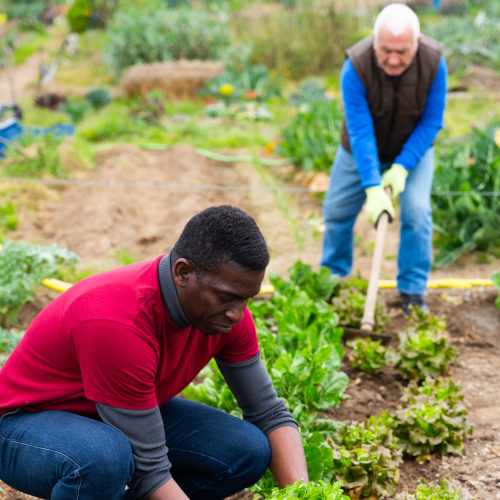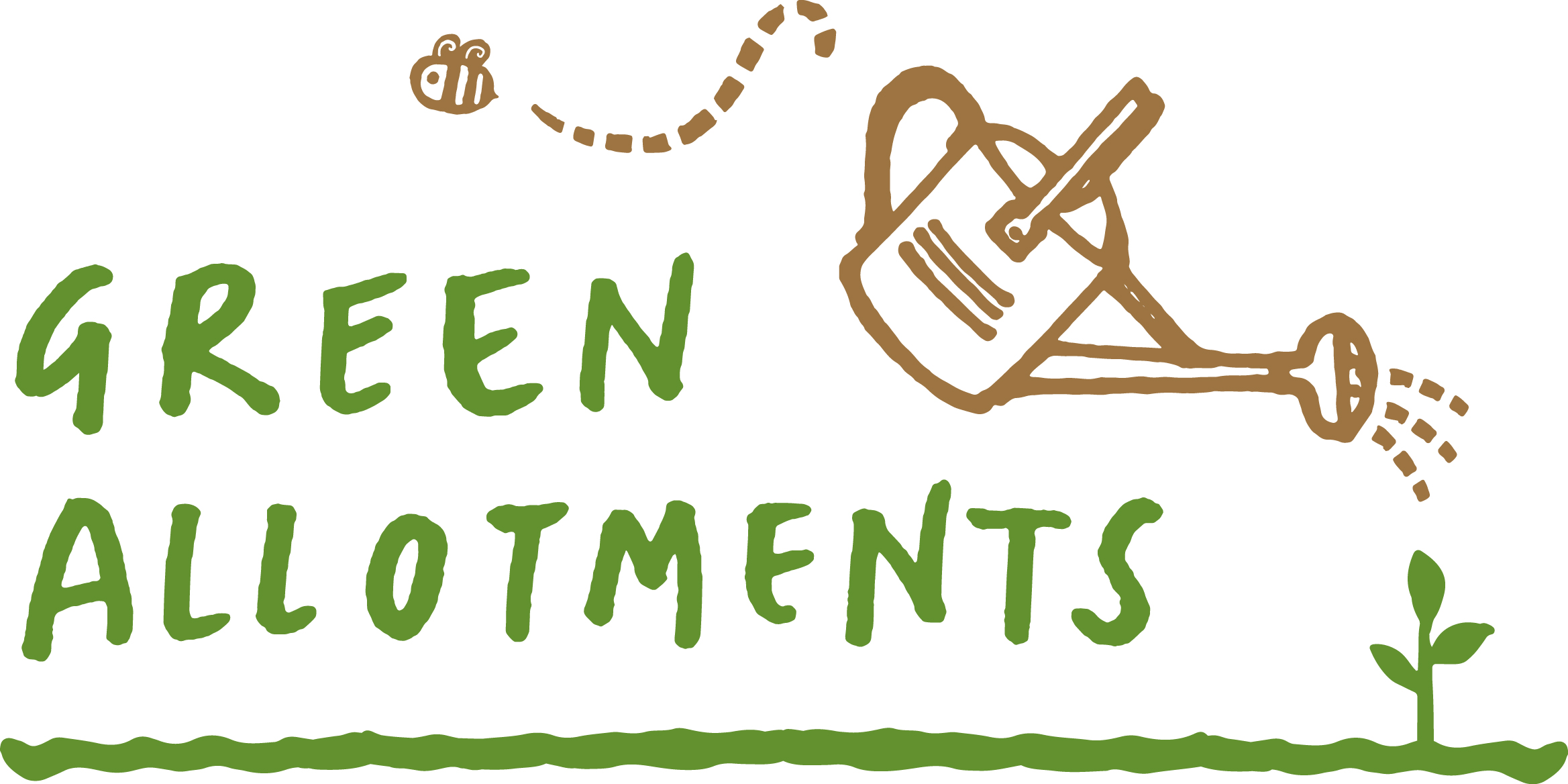One minute quick-guide to Allotments
Green Allotments aims to increase the provision of allotments, via a new innovative model of provision. To understand just how innovative our work is, it can be helpful to know about the three different types of allotment in law.
The three types of Allotment
Allotments gardens are small plots of land rented to individuals for the sole purpose of non-commercial growing of vegetables, fruit and flowers.
There are three main types: statutory, temporary, and private allotments.
Statutory allotments are only ever provided by local councils, via the Allotment Act (1908) and with protection under the Allotments Act (1925). This type of allotment is designated specifically for allotment use and cannot be sold or repurposed, without following a specific legal process. This legal status attempts to provide strong protection against development. If statutory allotments are disposed of, they must be replaced by equal or better provision.
Temporary allotments are also provided by councils for allotment use but are not officially designated as such. Historically, they were often provided on surplus land awaiting future development or use, e.g. cemeteries. Because they lack statutory status, temporary allotments can be reclaimed by the council at relatively short notice. There is no automatic, time-based provision for a site to become ‘statutory’.
Private allotments are owned and managed by private individuals, companies, or organizations such as charities or housing associations. These do not fall under the same statutory protections as council-run sites. Terms and conditions vary depending on the landowner and tenants may have different levels of security and rent. Private allotments can be disposed of on the whim of the owner.
Each type of allotment has its own advantages and challenges, but all play a vital role in promoting sustainable food production, community cohesion, and individual wellbeing across the UK.
Allotments are not just about the law! These are vibrant everyday places, where people connect with one another across generations, learn how to grow food together, help each other out, and contribute to the provision of productive, biodiverse, green spaces.
You can learn more about the Green Allotments model of allotment provision here.

